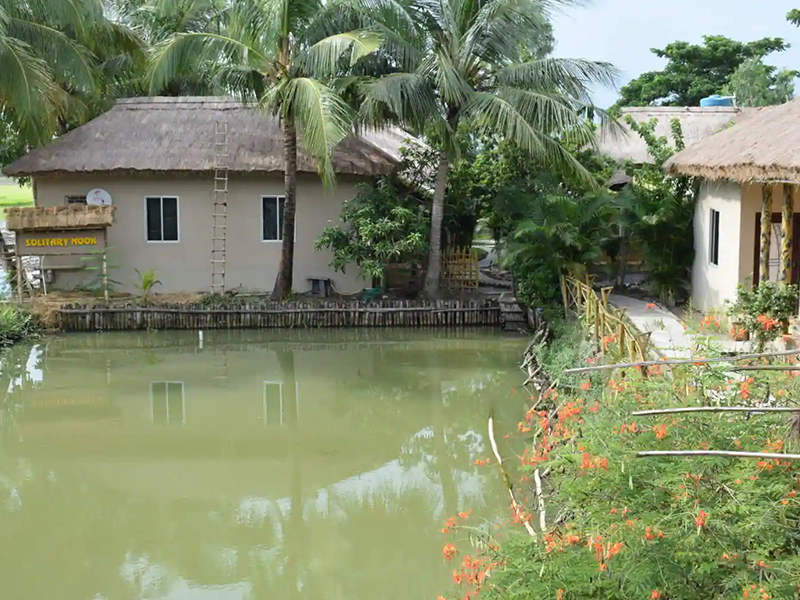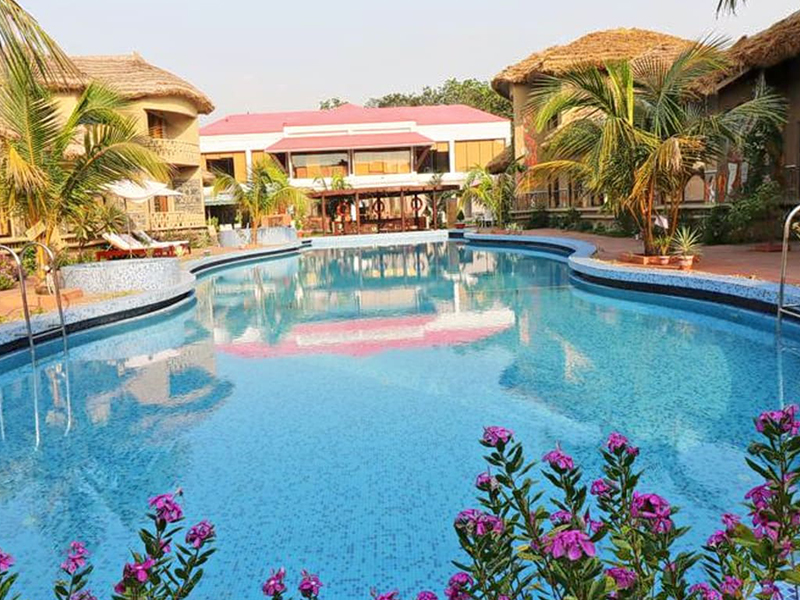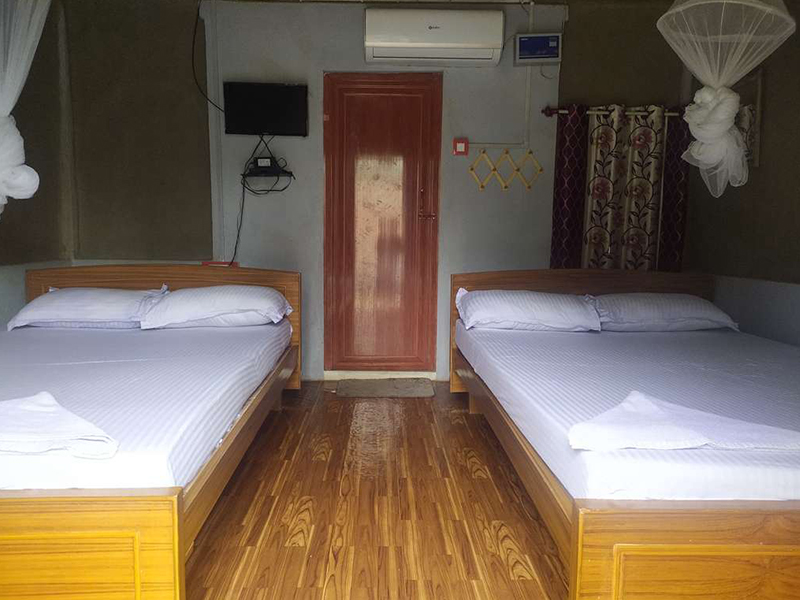Sundarbans National Park
Welcome To Sundarbans National Park
The Sundarbans contain the world’s largest mangrove forests and one of the most biologically productive of all natural ecosystems. Located at the mouth of the Ganges and Brahmaputra Rivers between India and Bangladesh, its forest and waterways support a wide range of’ fauna including a number of species threatened with extinction. The mangrove habitat supports the single largest population of tigers in the world which have adapted to an almost amphibious life, being capable of swimming for long distances and feeding on fish, crab and water monitor lizards. They are also renowned for being “man-eaters”, most probably due to their relatively high frequency of encounters with local people.
Wildlife in Sundarbans National Park
The Sunderban National Park is many things at once, a biosphere reserve, national park and tiger reserve, such is the richness of this mangrove ecosystem. What we commonly call Sunderbans is actually a large delta spread across 40,000 sq. km between India and Bangladesh! Just to give you an idea of how vast it really is, consider this. It stretches from River Hooghly in West Bengal, India, all the way to River Baleswar in Bangladesh. In this UNESCO World Heritage Site (it was declared a UNESCO World Heritage Site in 1987), the mangrove trees stand lazily on the mudflats, which are visible during low tides, and submerged in height tide. Its name means “beautiful forests” in the local language, and it is not hard to figure why. Another reasons are the Sundari trees, which are dominant in this mangrove area. Their uniqueness lies in their roots which shoot upwards for respiration, particularly during waterlogging during monsoons.
Safari in Sundarbans National Park
Sunderbans National Park offers only boat safari to the visitors. Jeep safaris are not conducted here. The safari timing is from 8:30 AM in the morning till 4:00 PM in the evening. The entry of boats after 6:30 PM is prohibited. Although the park remains open throughout the year, however, winter season is the best time to visit it.
Best Time to Visit Sundarbans National Park
Visiting Sundarbans During Summer (April to June):
From April to June, the weather is extremely hot in the Sundarbans and the humidity is on top with the high temperature that ranges from 30 to 42 degrees Celsius. The hot weather is very uncomfortable for tourists, thus it is not an ideal time to visit Sundarbans.
Visiting Sundarbans During Monsoon (July to September):
From July to September, the monsoon season brings heavy rains in the Sundarbans making the water level reaches beyond the normal level which makes the boat safari a risky affair. Though the monsoon season brings much-needed relief for the wild flora and fauna after the summer this season is also not an ideal time to visit Sundarbans.
Visiting Sundarbans During Winter (October to March):
It is the best time to visit the Sundarbans due to the pleasant weather from October to March. Except for a few days of very cold weather, the entire duration of the above time interval is having a lovely weather with moderate temperature which ranges from 10 to 30 degrees Celsius. You will enjoy the flora and fauna of the Sundarbans and the beauty of the raw forest without any hassle.
How to Reach Sundarbans National Park?
By Train: If you are travelling by train, get down at Sealdah Railway Station. Then, catch a local train to Canning (this should take you about 2 hours). After arriving at Canning, take a local shared van which will take you to Godhkhali Jetty. From here, you can take a boat ride to Sunderbans.
By Air: The nearest airport to Sundarbans National Park is Netaji Subhash Chandra Bose Airport at Kolkata. After landing at the airport, you can reach Canning by a local train or car. The distance between the two is 54 km and the drive should take you about 2 hours. After reaching Canning, catch a local shared van towards Godkhali Jetty. There, you will find boats waiting to take you to Sundarban National Park.
By Road: Begin your drive to Godkhali from Kolkata, a drive which should take you about 3 hours 30 minutes. After arriving there, take a ferry towards Gosaba. Once you reach, hire a cycle rickshaw to take you to Pakhiralay Village, situated on the other side of the island. From here, take another boat to Sajnekhali. You also have the option of hiring a boat and going straight to Godhkhali (this ride should take you about 2 hours).
By Waterway: You can only reach Sunderbans by waterway after reaching Godhkhali. You can do that by hiring a car from Kolkata and driving all the way. Another way is to catch a local train to Canning from Sealdah Railway Station and then taking a local shared van to Godhkhali.
















